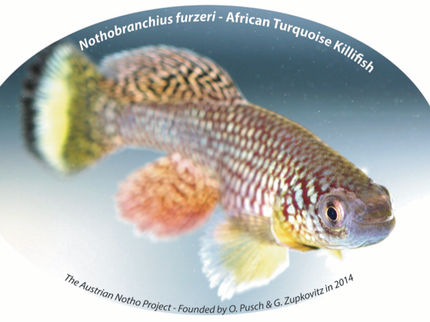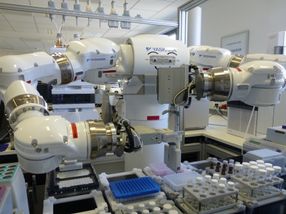QTL Biosystems Announces Broad Patent Coverage for the Fluorescent Polymer-QTL Approach to Biosensing
Santa Fe. QTL Biosystems announced that it has been awarded a utility patent for a fluorescent polymer-QTL approach to sensing target biological agents. The technique can be used to identify an extremely broad range of targets, creating a highly sensitive, homogeneous assay platform. The platform utilizes changes in polymer fluorescence (polymer "superquenching") in the presence or absence of a target biological agent.
The patented QTL bioconjugate enables quantitative detection of a diverse range of targets such as enzymes, small molecule ligands, proteins including antibodies and antibody fragments, and DNA.
The property-altering component of the QTL bioconjugate covers a range of materials ranging from fluorescent dyes to metal complexes and covers electron donors and acceptors as well as "energy transferring moieties." The claims granted also extend the original QTL sensing approach to systems using polymer superquenching on solid supports. This patent broadens the range of coverage obtained in University of California/Los Alamos National Laboratory patent US 6,589,731, issued July 8, 2003 and licensed exclusively to QTL.
"These two issued patents, together with a number of pending patent applications, provide a strong technology foundation for the QTL LightSpeed(TM) platform," stated David Whitten, co-founder and Chief Science Officer for QTL Biosystems.
Most read news
Organizations
Other news from the department research and development

Get the analytics and lab tech industry in your inbox
By submitting this form you agree that LUMITOS AG will send you the newsletter(s) selected above by email. Your data will not be passed on to third parties. Your data will be stored and processed in accordance with our data protection regulations. LUMITOS may contact you by email for the purpose of advertising or market and opinion surveys. You can revoke your consent at any time without giving reasons to LUMITOS AG, Ernst-Augustin-Str. 2, 12489 Berlin, Germany or by e-mail at revoke@lumitos.com with effect for the future. In addition, each email contains a link to unsubscribe from the corresponding newsletter.






















































